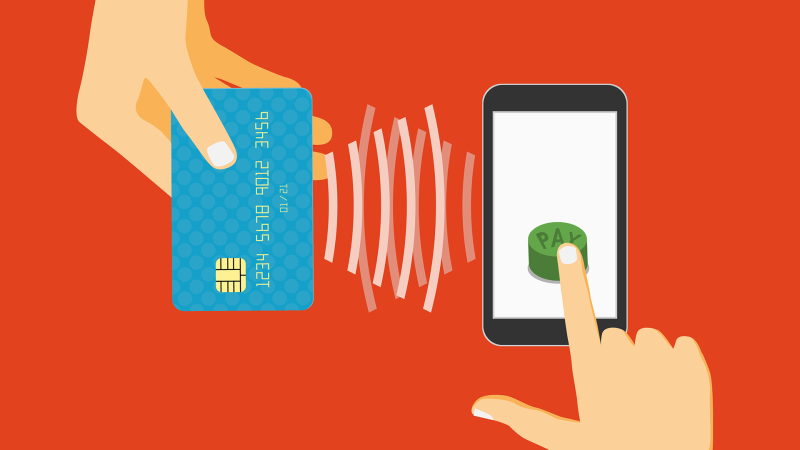Apple, Google And PayPal Jockey For Position In Mobile Payments
- Fahad H

- May 28, 2015
- 3 min read

Among the anticipated announcements tomorrow at Google I/O is a revamped and reinvigorated payments strategy. Google is widely expected to unveil “Android Pay,” a replacement for Google Wallet for mobile and offline payments.
Android Pay’s functionality appears to be generally the same as the original Google Wallet except that there will be a new emphasis on in-app payments, following Apple’s lead. Strangely, according to the New York Times (NYT), Google Wallet will continue to exist. However it will morph into a peer-to-peer payment tool very much like Square Cash.
It strikes me as odd that Google would maintain these two payments brands, although I understand the rationale behind changing the “flagship” brand. Google Wallet is somewhat tainted because of its failure to gain adoption, though that wasn’t entirely its fault.
Google Wallet originally launched with much excitement and anticipation in late 2011. It was almost immediately blocked or resisted by the major US wireless carriers except Sprint. This was because the three other carriers, Verizon, AT&T and T-Mobile, were partners in an ill-conceived payments venture then called ISIS (later rebranded as Softcard). Earlier this year Google bought the foundering Softcard to win favor with the carriers and gain access to their distribution.
The NYT outlined the broad scope of Android Pay, essentially the 2.0 version of Google Wallet:
Google’s new Android Pay can also be used at brick-and-mortar stores in addition to letting merchants accept credit card payments from their mobile apps, said the people familiar with the company’s plans. Consumers who use Android Pay for a purchase will also automatically add points to loyalty programs run by participating retailers, they said. The revamped Google Wallet will be available for Android and iOS devices, they added.
NYT also reports that Apple will offer some new features and enhancements to Apple Pay at its June developer conference in San Francisco.
Last week PayPal held a press event in San Francisco, a kind of coming out party for the soon-to-be-independent company. It emphasized mobile payments but defined itself more expansively, not as a payments company, but as “the operating system for digital commerce.”
Of the major players in the mobile payments arena, PayPal has the most established brand, largest user base and broadest array of payment assets. Through a series of relatively recent acquisitions that include Braintree, Venmo and Paydiant, the company can support payments between peers, online, in apps and in physical stores. The latter capability, built on Paydiant, includes loyalty and mobile marketing.
And let’s not forget Amazon, another major player in this segment. Square and Stripe are there too. Furthermore Facebook could quite easily (via an acquisition) become a global payments platform. It has dabbled and continues to incrementally move in payments.
Ironically it is Apple, Google’s biggest mobile rival, that has revived Google’s payment prospects. Apple Pay and its massive backing by banks, credit card issuers and retailers has helped to educate the public and drive new levels of interest and usage.
The data suggest that so far penetration and in-store usage of Apple Pay is relatively limited. However it is growing and a number of retailers, including Whole Foods, have reported significant usage growth of mobile payments in its stores. Millennials in particular are interested in mobile payments.
Many analysts and the New York Times still describe mobile payments as “a solution in search of a problem.” That’s not exactly correct. Many people who haven’t used Apple Pay don’t recognize its benefits. And though it’s relatively painless to pull out a plastic card and swipe it at a point of sale terminal, the speed and convenience of the Apple Pay user experience make conventional credit card usage seem immediately clunky and outmoded by comparison.
All the focus on the in-store POS use case, however, is somewhat misplaced. The most rapid rollout and adoption of mobile payments will come and is coming in the form of in-app payments, either for e-commerce or transactions fulfilled offline. Think OpenTable in-app payments for restaurants. Even more powerful is the example of Uber, for whom in-app payments is one of the keys to its victory over the taxi industry.
Within a year scores of other app developers will be incorporating Apple Pay, PayPal and, perhaps, Android Pay. In-app payments using trusted third parties such as these will also fuel the coming mobile commerce boom.








Comments